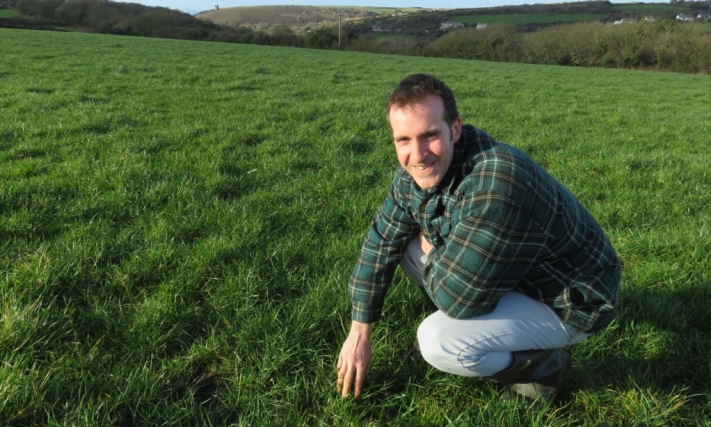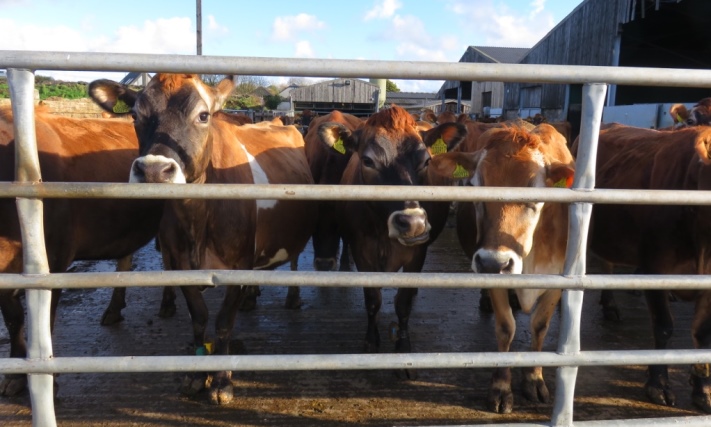Century and Celt make perfect clotted cream!
The Colwells run a simple grassland system that works
Michael and Claire Colwell run 300 pedigree and award-winning Jersey cows on a county council tenancy at Scorrier near Redruth in Cornwall.
Tightly block calved from 1 March to 1 June, the Colwells produce 60% of the 5,300 litres/cow/year from forage, in particular grazing.
The cows eat 1.2t of concentrate and achieve an average of 5.4% butterfat and 3.9% protein. The milk is sold to Arla and made into Cornish clotted cream.

“The cows are good grazers,” says Michael. “I offer them fresh feed every 12 hours and they won’t come back to that field for some time to allow it to recover.
“I do not measure the grass but there is a rough rotation sketched out on the calendar.
“Towards the end of May, I pre-mow three to four day’s worth of grazing, which resets the quality in the fields ready for when the seasonality payments start to rise in July.”
 Turnout is from the beginning of March and, on the free-draining light land, the cows can still be out in mid December. As soon as they are fully housed the milk in the bulk tank drops – no matter how good the silage being fed is.
Turnout is from the beginning of March and, on the free-draining light land, the cows can still be out in mid December. As soon as they are fully housed the milk in the bulk tank drops – no matter how good the silage being fed is.
Fields are reseeded every five to six years in mid April, with mixtures of late heading perennial ryegrasses such as Century or Celt. After they have been burnt off with glyphosate, they are ploughed and cultivated before seedling weeds are sprayed off two to three weeks later. The grass mixture is then broadcast and spring tined and rolled. By early June the cows are eating it.
“There is nothing complicated about the way we do things,” admits Michael. “Cake is fed in the parlour and grass silage is fed out into long troughs in winter. It all seems to work out well and we make money from our milk, as well as selling surplus heifers and any cows that calve after 1 June.”
This is an edited version of an article that appeared in Cow Management in March/April 2017.
